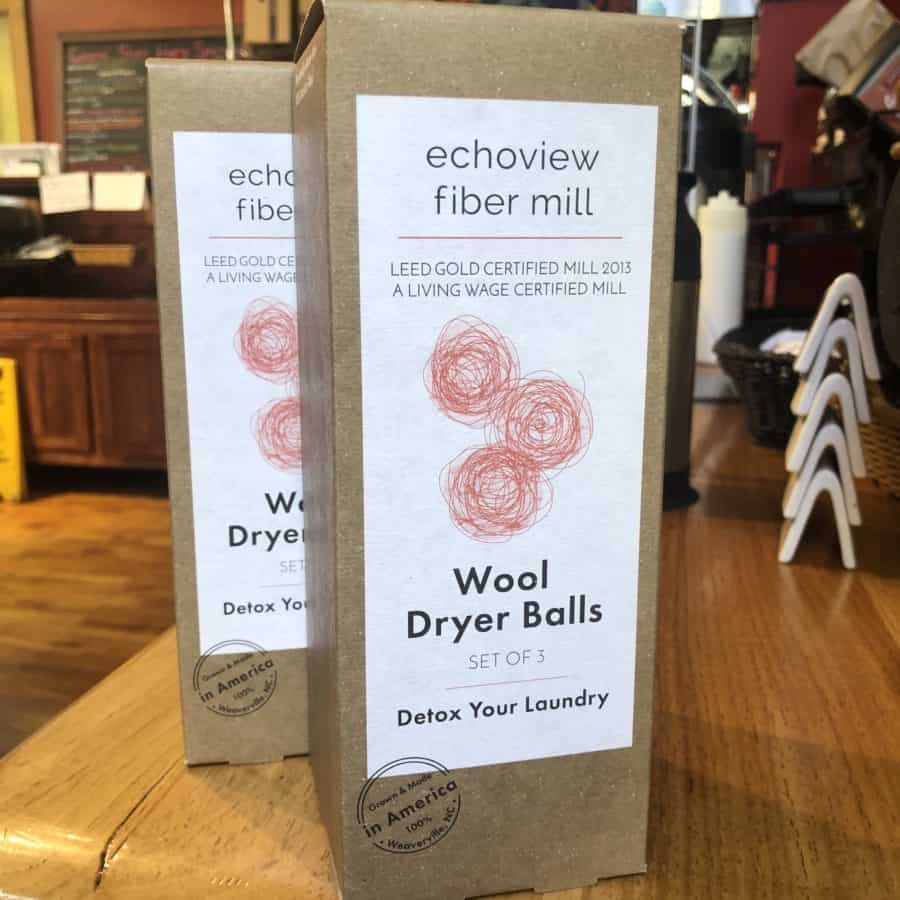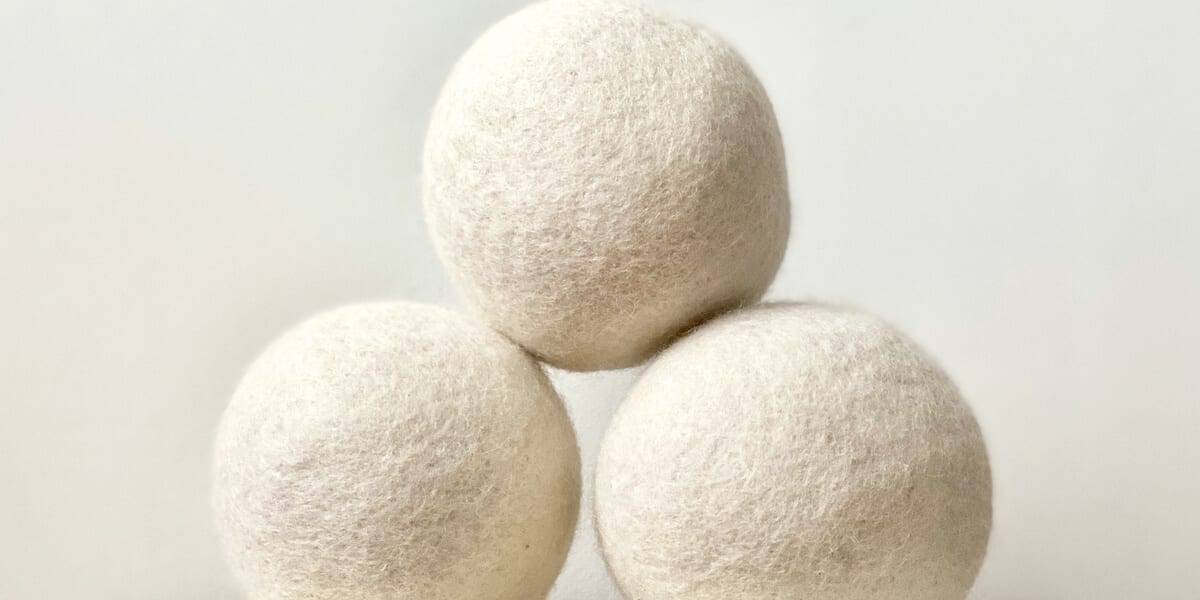How to save lots of time and lots of money when you’re doing all this fall and winter laundry

Cooler weather means lots of things– autumn, Halloween, Thanksgiving, Hanukkah, Christmas— but it also means that you’re probably going to be doing a lot more laundry than you did in the spring and summer. More layers, more sweatshirts, sweaters, and jackets, and that means that cooler temps result in running your washer and dryer a lot more. I recently had a conversation with a long-time, now retired washer and dryer repairman from Pennsylvania, and he gave me a couple of easy tips to make sure that your washer and dryer lasts as long as it can, without costly repairs and replacement parts.
First off, as you’re probably aware, overloading your washer and dryer will put more strain on the motors, and the motors that power the drums are what make these machines work, and they’re also the most expensive to replace. Once the motors are gone, most people just opt to buy entirely new washers and dryers. But you probably already knew that— don’t try to pack every square inch of the machines with clothes.
The other two major things that will prolong the life of these wonderfully convenient modern appliances are the ones that I found most surprising. These things are the amount of laundry detergent or liquid that you use and the use of dryer sheets, or the lack thereof.
Laundry detergent has come a long way, and it’s pretty effective stuff. What I was told by this retired repairman is that even the lowest fill line in the built-in measuring cup in most laundry detergents is too much. All you need is a tablespoon for a whole load. Filling the entire measuring cup is not only wasteful to your wallet, but it also leaves behind more soap residue that can build up inside the machine. It can also cause stains and discolorations in the clothes and makes for a wetter, heavier load that then causes additional wear on those motors. The suds act like a brake, and to compensate, the washing machine will add additional rinses to break down the suds, meaning you’re wasting water, wasting money on laundry detergent, and adding unnecessary wear and tear on the machinery.
Even if you’re using detergent pods, that’s still too much. Go ahead and go through your pods, but for greater energy efficiency and positive environmental impact, use liquid or powder that you can control. And if you can buy it from somewhere like our neighbors at Freehand Market, where you can bring in your own container and refill as much as you want, you can save a lot on plastic usage as well.
With your dryer, you’re probably used to throwing in one or two dryer sheets without thinking about it, because it’s something you’ve always done, and it seems pretty harmless. But even unassuming dryer sheets can cause problems down the road. The main problem with most dryer sheets is that the fibers are covered in wax, and the heat from the dryer melts these small amounts of wax to reduce the static charge in the dryer, meaning more wrinkle-free clothes. But that wax also creates sticky lint, causing lint that very easily gets jammed in the lint traps, into the crevices of the dryer, and in the vents.
So what do you use instead of dryer sheets?
Glad you asked because the answer is the whole inspiration for this article. The answer is wool dryer balls.

About the size of a tennis ball (maybe a little larger), wool dryer balls are just balls of felted wool that you throw in with your wet clothes just like you would with dryer sheets, and they’ve got many advantages.
Without the wax coating, you’ll immediately notice that your dryer lint comes out easily in one piece because there’s no waxy residue. Instead of relying on wax, the felted wool is attracted to the lint on the clothes, and then sloughed off in the drying process. The wool balls have a decent amount of bounce to them, adding more separation between clothes, and helping to absorb moisture, both of which reduce drying time up to 30%.
Thirty percent!
Again, that’s less energy used, a shorter drying time and far less lint that gets stuck in the nooks and crannies of your dryer. I’m not a big fan of perfumes and scents in my clothes, but if you do miss that dryer fresh smell that dryer sheets offer, you can use just one or two drops of essential oil on the dryer ball to disperse a pleasing scent in your laundry. Wool dryer balls are going to be a little more expensive, but each ball lasts for roughly 1000 loads, so you end up saving money in the long run, and you have fewer dryer sheets to throw away, and when your dryer balls are finally used up, the all-natural wool fibers are biodegradable and compostable.
After hearing these washer and dryer saving tips, I picked up a box of Echoview Fiber Mill Wool Dryer Balls from the General Store, made in Weaverville, NC (just outside Asheville) and tried them at home— and this is the first time that I’ve felt compelled to do any kind of in-store product review and had Samantha order more boxes, because I’ve been that excited about switching to dryer balls away from dryer sheets. It’s been that exciting. After using wool dryer balls or one week of heavy autumn laundry use, the only side effects have been fluffier clothes, less lint sticking in the the dryer and a much faster dryer time.
Combining that with using less laundry detergent, all that extra fall and winter laundry becomes just little bit easier, a little bit cheaper, and a little bit better for the machines themselves and the environment as a whole.
Dryer balls typically come in boxes of 2 or 4 and each one lasts 1000 loads. A whole box of dryer sheets lasts only 200 loads. Instead of an hour or more to dry, your clothes could be done in 40-45 minutes. Over the course of 1,000 loads of laundry, you’ll have reduced drying time by 15,000 minutes or 250 hours.
Happy laundry season!
